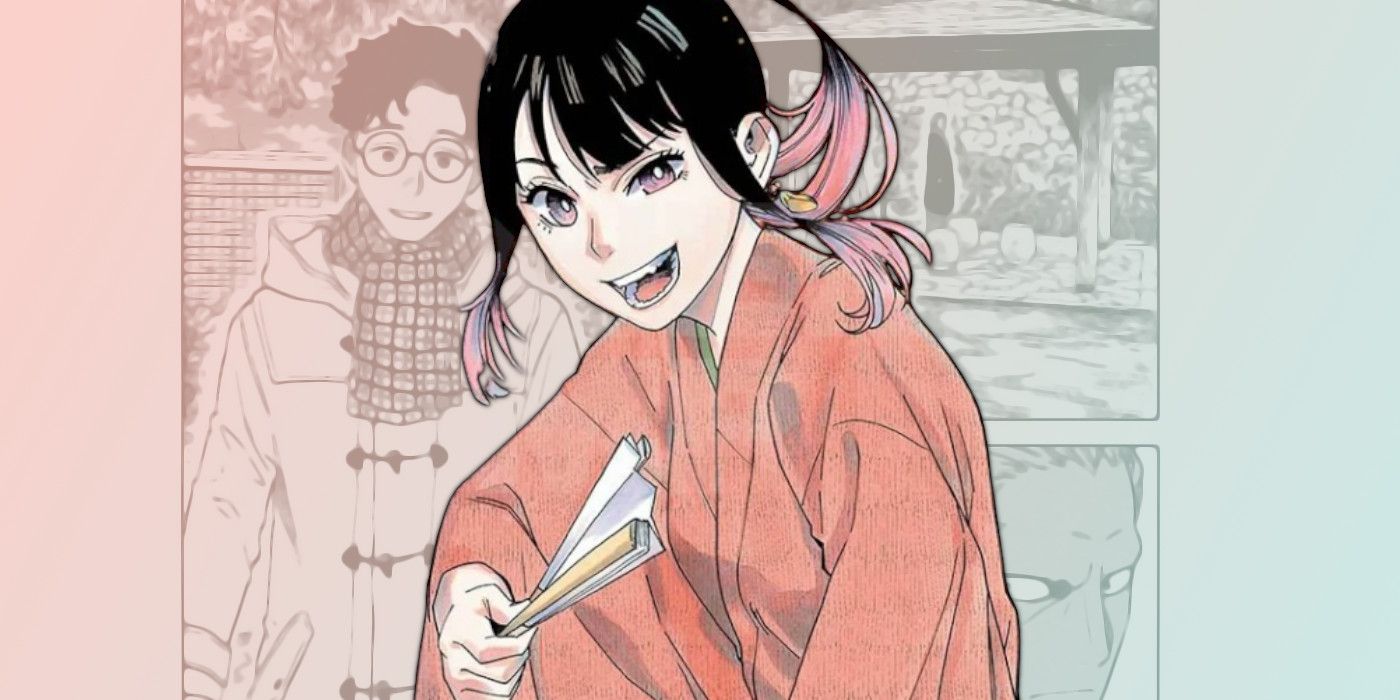
Summary
Akane-banashi presents an energetic storytelling masterclass through the journey of main character Akane Osaki in Rakugo. The series challenges traditional manga trends with a unique father-daughter dynamic and emphasis on feminism. Akane's reunion with her father, Tohru, in Chapter 107 promises emotional developments and potential turning points for the story.
Little manga in Jump Shonen also achieved the goal Akane-banashi on such a consistent weekly basis. The series is an energetic masterclass in storytelling layers, with the eponymous hero, Akane Osaki, learning the complexity of Japanese Rakugo – a traditional form of improvisational comedy – as she advanced in her career.
The original plot was initiated after Rakugo Arakawa School expelled her father, Shinta Arakawa, because he was about to become Shin'uchi, the elite professional rank of Rakugoka. However, things may become more complete with the latest arc, as seen on the last page of chapter #106 of Akane-banashi.
Akane initially pursued a career in Rakugo to show Arakawa High what a mistake they made by expelling her father. As the series progresses, she demonstrates her unique talent and adaptability as a passionate storyteller who can infuse life lessons and modern sensibilities into traditional art. this system. The result is possible the best original Shonen Jump series in recent memory and the freshest coming-of-age story in over a decade. But the fateful reunion at Akane-banashi promises to be a healthy break from predictable storytelling.
Akane and her father reunite in Akane-Banashi
Tohru Osaki, formerly Shinta Arakawa, reunites with more than her daughter
Akane Osaki has gone through many emotions since Zenza Renseikai and the Time Change Arc. However, in a moment of celebration, she will have a much-needed conversation with her father in Akane-banashi Chapter #107. Shinta, changed from his stage name to Tohru Osaki, is never directly present in much of the plot; instead, he functions as an ambiguously absent parent. However, in the events following Chapter #94, when Tohru goes to see Akane perform for the first time, it turns out that his daughter is not the only one who needs his support.
Rakugoka, or Rakugo storytelling performers, are ranked according to the following levels:
1. Zenza, performer and opening apprentice.
2. Futatsume, a semi-professional artist licensed to perform in traditional Haori and Hakama costumes.
3. Shin'uchi, the professional leaders take on their own Rakugo students.
Before the four-person event celebrating Asagao Konjakutei's promotion to Futatsume, master Taizen Arakawa was mysteriously absent. The master performer secretly contemplates Arch Four master Zensho's order to nominate Akane for promotion, knowing that it is the only chance likely to arise for her. But this secret is not good enough to hide from Tohru, who once considered Taizen as a peer and quickly found him. The two reunite just in time for Tohru to train Taizen to make his own choice and return to save Asagao's event.
A mysterious group of parents breaks tradition at Akane-banashi
This trend often takes place as a father-daughter or mother-daughter reunion
Akane-banashi reminds readers of the protagonist's deep love for her father and how heartbreaking it was when his dreams were crushed, and he chose to disappear into a life of salaryman . This trend is not new and is ongoing another popular manga genre, Ambiguously Absent Father, such as in Hikaru no Go. But in Akane-banashi's case, the story of the mysterious Parent is shaken by Tohru's spirited daughter, who loves him so much that she follows in his footsteps.
This could also be an important turning point in Akane-banashi, as Tohru pushes Akane to forget about avenging herself and focus on becoming the Rakugoka he could never be.
On the contrary, this dynamic has traditionally been between parents and children of the same sex. It's part of the gentle feminism of Akane-banashi, where Akane continually tries to break the glass ceiling of the Rakugo profession as a young woman. Her admiration for her father inspired her to imitate his style, but her talent made her realize that she must do what Tohru could not succeed in and avenge her humiliation. grandfather. It is extremely bittersweet, such as in chapter #61, when she practices “Time Changes” while pretending to drink with her father. But Tohru is now content as a concrete salesman, eager to educate friends and family as an outsider.
Tohru is absent from most of the film so the weight of his sudden appearance cannot be overstated, and after he sheds tears at his daughter's outstanding performance, this will be an emotional reunion. emotions for fans of this underrated film Jump Shonen series you are sure to love. However, this can also be an important turning point in the future Akane-banashiwhere Tohru pushes Akane to forget about avenging him and focus on becoming the Rakugoka he could never be.
Akane-banashi is available on MANGA Plus.






